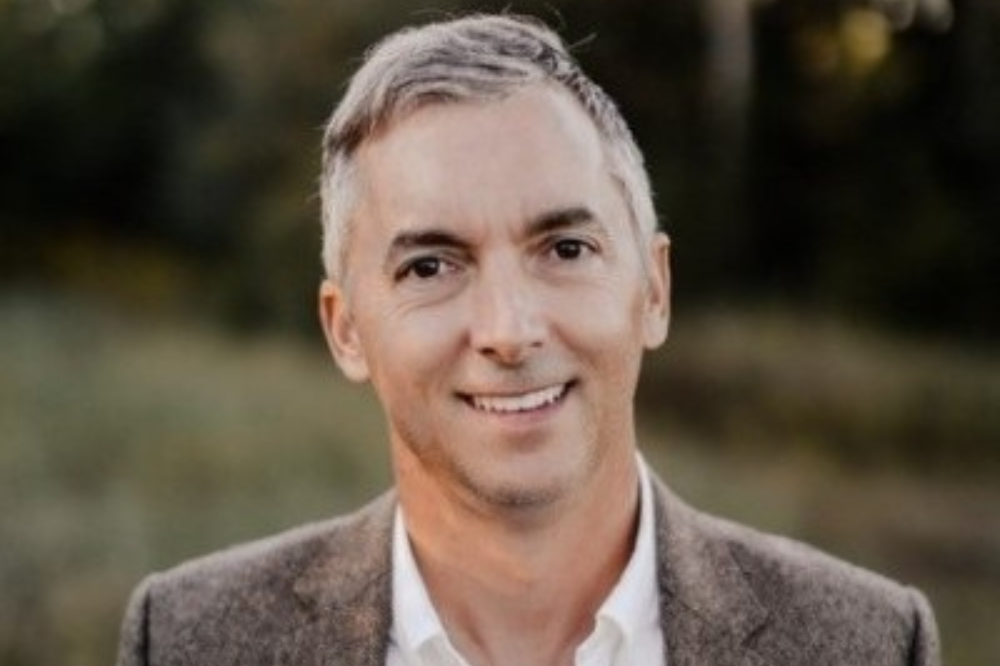Concussion risk: Making headway with protocol and insurance solutions

Concussion risk: Making headway with protocol and insurance solutions | Insurance Business America
Life & Health
Concussion risk: Making headway with protocol and insurance solutions
Carriers have pulled back on sports with high exposures
Life & Health
By
Gia Snape
This article was produced in partnership with Amwins Group, Inc.
Gia Snape, of Insurance Business, sat down with Nate Walker, senior vice president of sales at Special Markets Insurance Consultants (SMIC) and Harrison Brown, chief executive officer at HEADCHECK Health, to talk about concussion risk in the sports industry, the impact of liability claims in the market and how enforcing head injury protocols can help ensure athlete safety.
Concussions, or minor traumatic brain injuries (mTBI) are among the most common athlete injuries, with 1.6 million to 3.8 million incidents occurring each year from sports and recreation in the US, according to CDC estimates.
Increased attention to concussion, especially mismanaged concussions in professional sports, has led insurers to shy away from covering the risk. Many carriers are opting to carve out coverage or offer concussion-only policies.
The retreat poses a challenge to the sports industry and puts a greater focus on ensuring athlete safety through concussion protocols.

“Concussion injuries have hit the insurance industry with a lot of litigation,” said Nate Walker (pictured above), senior vice president of sales at Special Markets Insurance Consultants (SMIC).
SMIC is an Amwins Group company and managing general underwriter (MGU) that specializes in student, sport, and event risks.
“Casualty carriers in the sport industry are susceptible to large claims, which has prompted many to try to minimize their exposures,” Walker told Insurance Business.
Concussion liability claims hammer carriers
Concussion liability claims in US professional sports has cost insurers billions of dollars over the past few decades.
More recently, former NFL players have sued the league, alleging it repeatedly denied disability benefits for those with physical and mental impairments.
According to Walker, carriers generally fall into three camps when it comes to concussion risk: “They either decide that they do not want to insure any part if the risk and decline to quote, or they quote and place a TBI exclusion or sublimit limit, or they decide that are all in and price for it.
“Those underwriters will take a hard look at an insured’s historical loss data as well as what their current concussion protocols are.”
Concussion-only insurance policies do exist on the accident but not on the casualty side. However, in many cases, a sport organization or school could already have an accident policy in place that can cover concussion injuries, making a concussion-only accident policy unnecessary.
The rise of concussion injuries in sports
Concussions are notoriously difficult to diagnose, but recent medical advancements have uncovered the serious and long-term health effects these injuries can carry. Even a seemingly minor bump on the head can trigger adverse symptoms such as nausea, fatigue, confusion, or memory loss.

“The reality is concussions are inevitably going to occur in these sports,” said Harrison Brown (pictured above), co-founder and chief executive officer of HEADCHECK Health, a digital platform that helps sports organizations properly implement, execute, and monitor their concussion protocols.
“In the past, concussion rates were under-reported due several factors, including people not being aware of the injury, not knowing how to identify or document it,” Brown continued.
“So, it looks like there’s been an explosion of concussions in the last 10 years, but that may not really be the case. Perhaps the world has just gotten better at identifying the injury and managing it.”
HEADCHECK Health’s goal is simple: they want to prevent mismanaged head injuries. Their tools help all those involved in the identification, management, and care of a suspected concussion.
For Brown, protocols are key to identifying and managing head injuries, caring for athletes, and ultimately, improving outcomes for the sports industry. But only when they are properly followed, a task most organizations struggle to achieve.
“One side of our job is making it easier for the organization to execute their concussion policy, whether it’s education, testing, documentation, recovery management, all the way through clearance,” he said.
“The other side is analytics. We have the data to do internal audits for leagues, teams, schools, school boards, any organization that we work with.
“That means we can identify gaps in compliance and obtain interesting metrics, such as a how and where injuries are happening, so we can make the organization safer from these risks in the future.”
How data can help carriers understand concussion risk
HEADCHECK Health’s data can shed light on injury trends and help organizations prevent future injuries. It is working with SMIC to find risk solutions for athletes in the marketplace.
Technology firms can play an important role by capturing valuable data that can be helpful for carriers to underwrite cases with athletic exposures.
“Ten years ago, insurers would have one ‘yes’ or ‘no’ concussion-specific question on their supplemental application. Now they want to know more about an insured’s protocols, especially if they have had claims,” Brown said.
Organizations with vague or little risk mitigation plans in place will see it reflected in rates. But those that utilize digital platforms like HEADCHECK Health will more than likely see some price relief or fewer exclusions and sublimits.
“I do think we will see more carriers willing to write high-risk sports over time,” Walker said. “Through the adoption of new rules, access to better equipment, and utilization of new risk mitigation tools, the sports industry will continue to make strides in protecting their athletes. This will equate to better-performing insurance products.”
Amwins is the largest independent wholesale distributor of specialty insurance products in the U.S., dedicated to serving retail insurance agents by providing property and casualty products, specialty group benefits products, and administrative services. Based in Charlotte, NC, the company operates through more than 155 offices globally and handles premium placements in excess of $29 billion annually.
Related Stories
Keep up with the latest news and events
Join our mailing list, it’s free!






